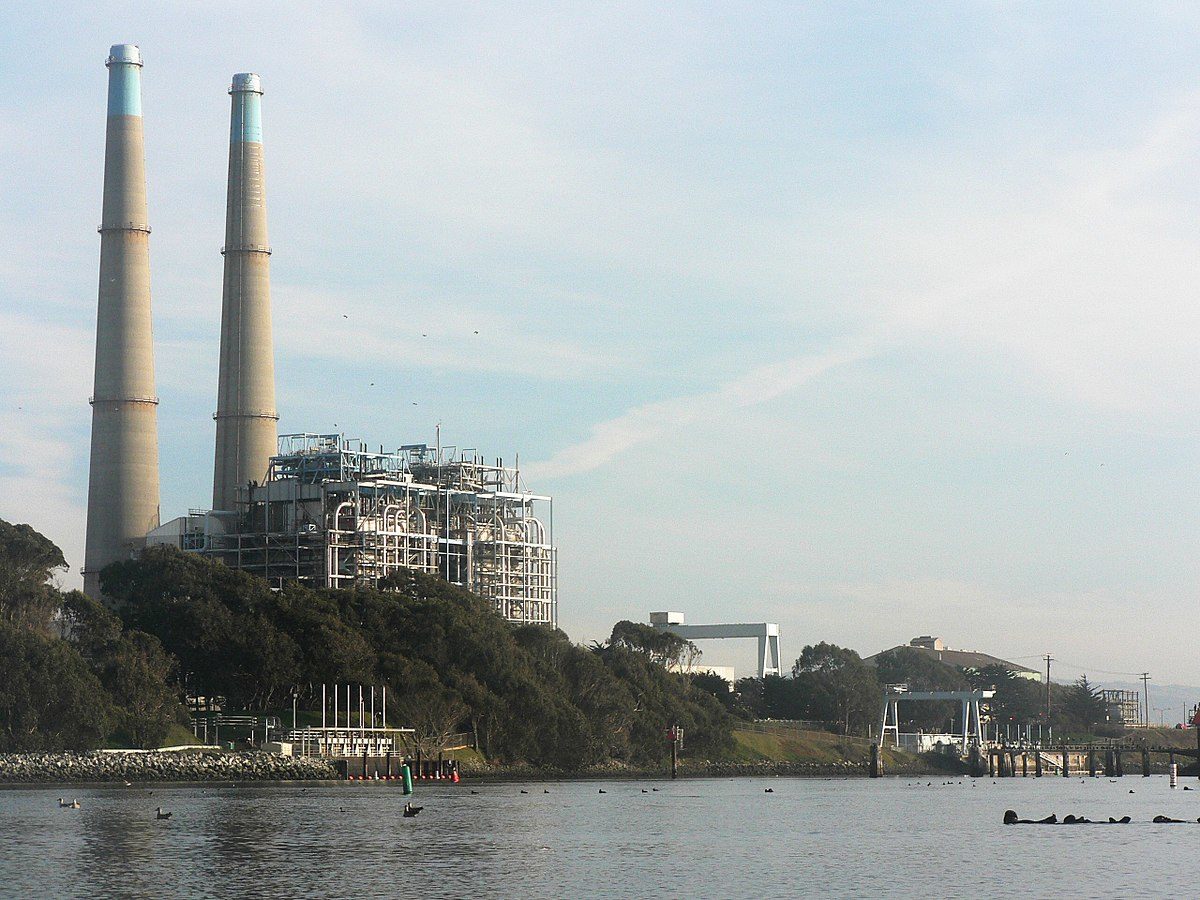The past month has been littered with news of exceptionally large battery storage developments, yet none in the world can compare to the news that Vistra’s permit to expand an energy storage system under construction at its natural gas-fired Moss Landing generation station in Monterey County, California to 1,500 MW/6,000 MWh has been approved.
That’s right. Gigawatt-scale battery energy storage is on the table.
The proposed expansion would quadruple the battery system’s size and make it the largest battery storage installation in the world, a couple of times over.
While the permit has been approved, the expansion will happen “should market and economic conditions support it,” according to Vistra President and CEO Curtis Morgan.
For some perspective as to how large this battery is, consider that, according to the U.S. Energy Information Administration, the country’s entire installed battery storage capacity at the end of 2018 came in at 869 MW, while total installed battery storage at the end of 2019 (including behind-the-meter) was approximately 1.7 GW, according to Wood Mackenzie. This one battery, when completed, will be larger in capacity than every other utility-scale battery energy storage system in the country, combined.
The system is coming in stages, only two of which have been formally announced. The first 300-MW phase is planned for completion by the end of 2020, with the second, a 100-MW expansion expected to come a year later in 2021.
Global perspective
This system is not the only gargantuan battery going in at the Moss Landing site. Set to clock in at 182.5 MW and 730 MWh, the Moss Landing battery energy storage system will be comprised of 256 Tesla Megapack battery units on 33 concrete slabs at the substation. The project’s targeted completion and energization is set for early-2021, with the project achieving full commercial operation in Q2 2021.
For further perspective, compare the size of the proposed Vistra battery expansion with the list of the largest battery energy storage installations in the world thus far.

The world’s largest operating battery storage system, the Hornsdale Power Reserve in South Australia, utilizes Tesla batteries and is colloquially known as the Tesla Big Battery, though it will soon be unseated by Tesla’s Moss Landing installation.
This content is protected by copyright and may not be reused. If you want to cooperate with us and would like to reuse some of our content, please contact: editors@pv-magazine.com.









Your headline is highly misleading. The Ludington Facility in Michigan is grid scale storage.
It is 2.1 GW and 16 GWH… the original design was for 64 GWH.
Moss Landing is smaller than Ludington, and Ludington is smaller than several other grid storage facilities in the US.
If you had said “grid scale batteries” then the headline would be accurate.
Changing
Great to hear about new and significantly larger grid-scale batteries.
It would be helpful not to assume that we as readers know where places such as Moss Landing are located.
Keep up the good journalism!
Moss Landing is in Monterey County, California. Fixed. Apologies.
What is the status of Redox Flow Battery approvals and implementation in the US? All reports from the UK, where they are in use, sound very positive.
Thank you Eric!
Please tell me there is no Cobalt in the chemistry they’ve selected for this?! As we start to tip into projects of a scale that affect global markets for commodities, the legal and planning regime must oblige developers to consider the sustainability impacts of the entire supply chain from extraction through manufacture, use and disposal. Energy storage doesn’t have to mean the drying of ground water in the Atacama or children working in Congolese mines.